| Quick Verdict: Backpack Hero is one really unique, super cool gameplay mechanic with a lot of unnecessary bulk. If the entire game was just the dungeons and backpack mechanics, this score would have been even better. Luckily, there’s a Quick Game mode. |
| Game: | Backpack Hero |
| Developer(s): | Jaspel |
| Publisher: | Different Tales, IndieArk |
| Review Score: | 8 |
| Cozy Score: | 4 |
| Price: | $19.99 |
| Pros: | Inventory management gives you so much serotonin, the pixel art and music are enriching, mod support is easy and functional, Quick Game is the best mode. |
| Cons: | Very little cohesion to story mode’s gameplay vs. the dungeon gameplay, randomization out of your control can ruin your run, minimal tutorials outside of story and hidden in the Atlas, Quick Game is really easy to miss if you don’t know what you’re looking for. |
| Platforms: | Steam, GOG, Itch.io, Epic Games Store, and Nintendo Switch |
| Genres: | Turn-based tactics, RPG, Inventory Management, Town Management, Roguelite |
Table of Contents
Backpack Hero is a game that should feel very familiar to people that grew up on the Diablo franchise. No, I’m not talking about the isometric adventuring part of the Diablo games. I’m talking about the inventory management.
Backpack Hero is built as a management game with a magical backpack that grows and shrinks as you level up. Diving into the procedurally generated caves resets your backpack and makes you question how to manage what you carry.
But, the game is multi-faceted, with the battles in a roguelite gameplay, as well as town management. All in all, it’s a charming and unique, if not frustrating, game that’ll keep you occupied for hours.
The story of Backpack Hero feels like it was tacked-on after coming up with the mechanics first.
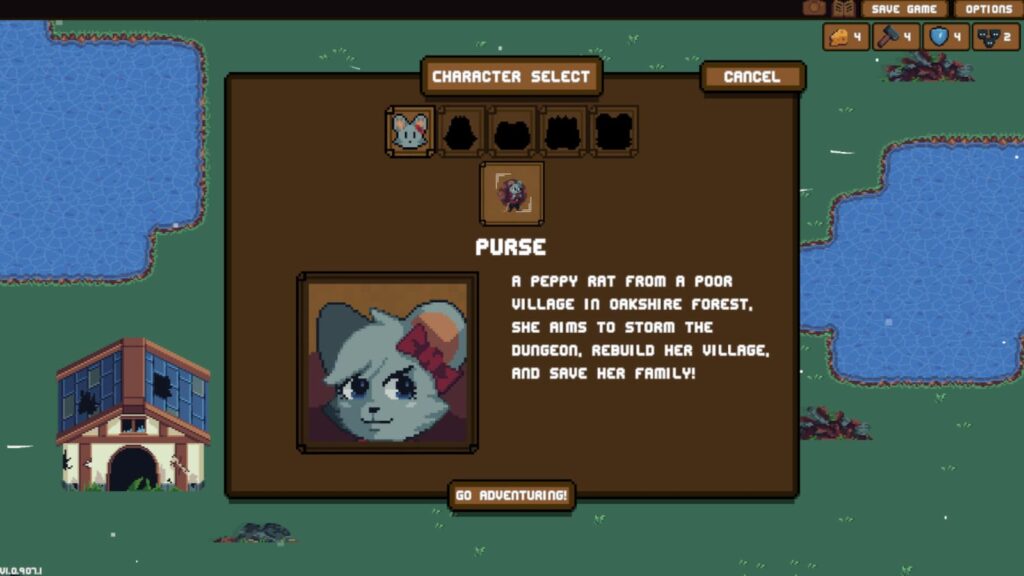
When you boot up the game, you’re shown Story Mode at the top of the menu. Since I went into the game blind, with no previous playthroughs or interactions other than some press releases and trailers, I assumed this was the main way that people enjoy the game.
The story leans into a cute, anthropomorphic, animal-based society, where an evil King rules. You learn through various pieces of lore that he used to be kind and just, but turned dark when he went down into the dungeon and something started “whispering” to him.
You play as Purse, a mouse that finds a magic backpack and lives in the village of Haversack Hill in Orderia. Your mother was an adventurer that insisted on going down into the caves and crypts and never came back, leading your father to be extra cautious about your adventures.
But, you, like your mother, insist on going and adventuring, even when the King’s thugs start threatening to burn down the village if you continue to do so. You’ve tasked yourself with helping to rebuild the village that had been ravaged by the King already before. That’s really the majority of everything, story-wise, several hours in.
I later realized that the story mode was apparently not in the original beta of the game that the majority of people have played for over a year. Knowing that, it starts to make sense how shallow, disconnected, and tacked-on it feels from the actual main gameplay.
Your backpack is the key to survival.
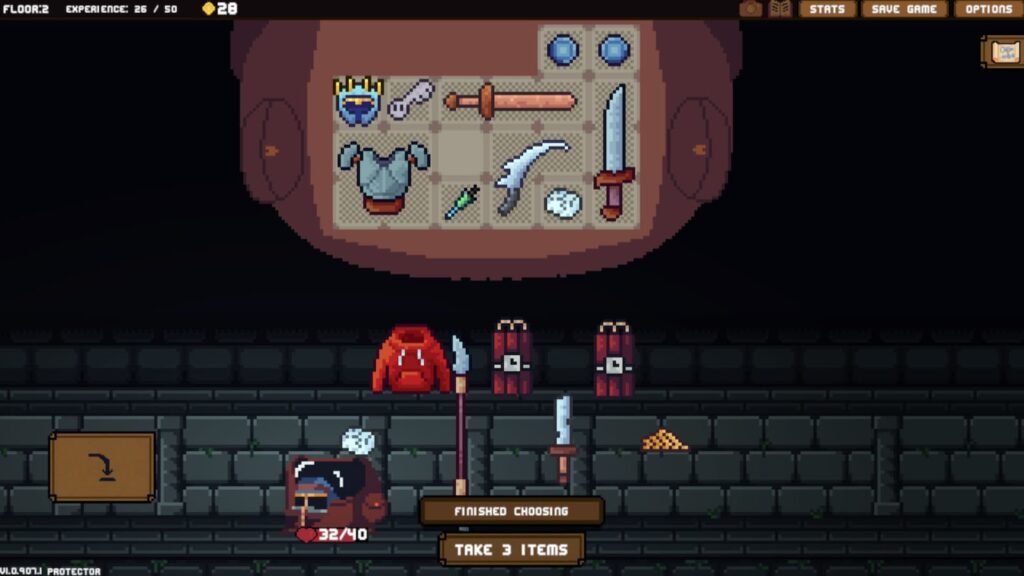
If you’re playing Backpack Hero, you’re not here for the story. It’s got the same level of writing as a first time dungeon master. What you’re looking for is the gameplay mechanics, coming into play way more in Quick Game mode, which I’ll get to later.
As for Backpack Hero’s Story Mode, there are two sides to it: The fantastic dungeon crawling with a heavy emphasis on inventory management, as well as a slogging mobile game-style town management mechanic.
The dungeon crawling invokes a similar aesthetic feel to games like Idle Champions of the Forgotten Realms, but without the auto-clicker function. This allows you to be strategic with how you attack, but also can entirely end your run if you make a mistake.
The real important aspect of this game is the inventory management part. Working with a grid system, you have a magic backpack that expands with each level you achieve. The more squares you have in the grid, the more you can hold.
If you’re a fan of the Diablo or Resident Evil franchises, the grid system should look and sound really familiar. You can even rotate items to make them fit differently and fill your bag.
One aspect that I really like is that you have to get creative with how loot is stashed. Certain items have to be in a specific place for them to work, such as helmets only being useful if they’re at the top of the grid or certain items only working when adjacent to a weapon or armor.
But, it gets more challenging when items only work if they require empty space around them or when magical items need a conduit attached. Sometimes, that means you have to make hard choices about what stays and what goes.
In Purse’s story in Story Mode, as well as if you choose her in Quick Game, you start with a sword, a shield, and some food. Once you get going into the game, you can choose missions with different starting equipment, such as archery- or magic-focused goods.
Eventually (or in certain Quick Game modes from the get-go), you can talk to one of your villagers, Matthew, at the beginning of a crawl to change your starting gear, albeit randomly.
The basic dungeons are all procedurally generated, but have a formula to them. In a standard crawl, you’ll run through three levels to the bottom of the crypt (or whatever dungeon you’re in) before meeting up with a final boss and leaving. This can go on to be more than just the single run, but initially that’s all it is.
Items are randomized, with over 800 items built into the game (and infinitely more with mods). In Story Mode, they slowly unlock by doing missions and other things. I’m unsure if anything you do in Story Mode affects the Quick Game modes, but I don’t think it does.
Dungeon crawling is made easy with different windows. You move yourself on the map, adjust your backpack as needed between fights, and discover chests, merchants, and random encounters.
Since everything is randomized, you do have to be careful. Sometimes, you (unknowingly) sign your own death warrant for that run by going to a procedurally-generated location that you may think is a chest only to meet up with a fight you’re vastly underprepared for.
Losing all of your life ends your run in that particular instance of the dungeon. In Story Mode, you get to keep one item from your backpack to take with you, but everything else is destroyed. If you’re in Quick Game, it ends your entire game and you start back at the main menu.
The town management portion of Backpack Hero feels tacked on.
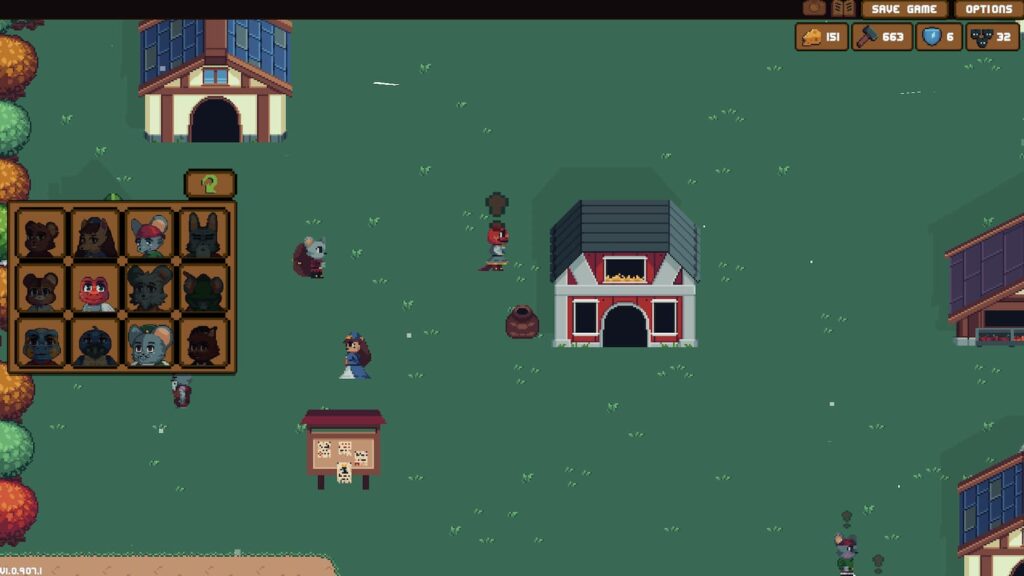
In Story Mode, ending a run (either successfully or in failure) brings you back to the village, Haversack Hill, which is where the second half of the gameplay happens. If you have ever played any modern mobile game where you set up buildings in a village that can generate resources while you’re away, you’ll be familiar with this gameplay.
You slowly earn treasure, food, and so on from specific buildings during your dungeon crawling and that allows you to build more buildings. You’re rebuilding the town, one farm, store, and house at a time.
Higher population means you may meet new characters that will unlock building or construction types if you have the resources, like the Temple or roads. Or a clay pot that I wasted precious early resources on that is purely for decoration.
Some characters offer new quests that could unlock new items, buildings, or options. One character will read runes and special items you may find in the dungeons to show off more of the lore or unlock new Story Mode costumes for your character.
Speaking of, in the Story Mode, you start out as the mouse girl adventurer Purse, but can unlock multiple other characters through repeated gameplay and completions. You get to choose your character and costume as you enter a dungeon.
Several hours into Backpack Hero, I’ve barely scratched the surface on item unlocks, characters, and story. If you’re into really grindy games, the Story Mode is for you. It just wasn’t for me at all and led to a lot of frustration.
Quick Game is the redemption arc that saves Backpack Hero…
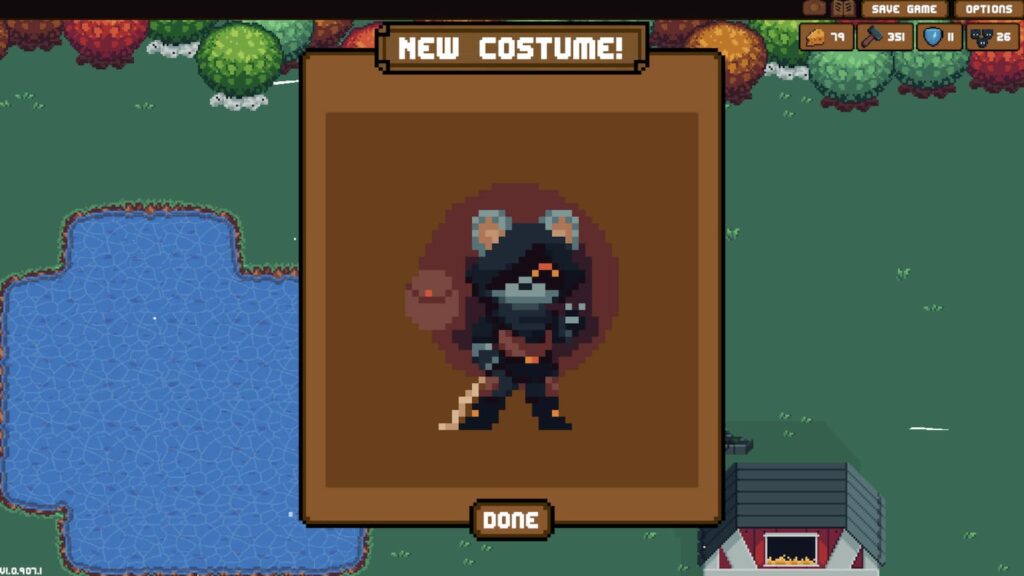
Now, here’s the tricky part. In Story Mode, I was starting to feel like I was spinning my wheels and getting no where. The game doesn’t tell you that the “Story Mode” is not the best way to play, even though it’s the top option on the main menu.
I played for several hours in Story Mode, hating the way it played nearly every step of the way, without ever knowing that the “Quick Game” mode on the main menu was an option. Had I not found this mode by pure happenstance, I’d have easily rated this game much, much lower.
Luckily, I saw someone’s Steam review that mentioned Quick Game before publishing and tried it, which raised the review’s score immensely.
Quick Game has all characters and their costumes unlocked. There are five playable characters total, including the starting character, Purse.
Each character plays differently from the other, but Backpack Hero doesn’t go into detail about what Tote’s carvings are or teach you anything as there is no initial tutorial at all in Quick Game, aside from some pop ups that happen after you do specific actions.
If you’re new to Backpack Hero, just go with Purse to learn on, as she has no special features or attributes. Since each other character has special abilities or items, you have to learn how to use them on the fly with minimal or no tutorials on how to handle them.
Quick Game also adds features from the story that I had no idea even existed, like Forges or the Endless Dream mode for people that never want it to end and have a good flow to staying alive.
The upside is that there are a ton of gameplay modes that I had no idea even existed, and they make this game 1000x better and cozier, with a ton more that are unlockable.
While some people want to go with harder and more challenging modes, or just play a standard game, Backpack Hero does also offer two cozy modes, “Easy” mode and “Quick and Easy” mode. Without these Quick Play modes, the cozy score would be abysmal.
However, with them, the game allows you to focus on being strategic without worrying about too many super strong opponents early on, giving you more health, enemies less health, better loot finds, etc. These modes are much more relaxing to play and rescued the game for me, honestly.
Another thing that I really like about Backpack Hero is that it’s really open to the modding community. Prior to release, it was in Early Access and it already had a really solid community as it officially launched. Offering mod support means there’s a lot of additional content that you can add to make your game a tad bit easier and cozier.
I genuinely love the art and music of Backpack Hero.
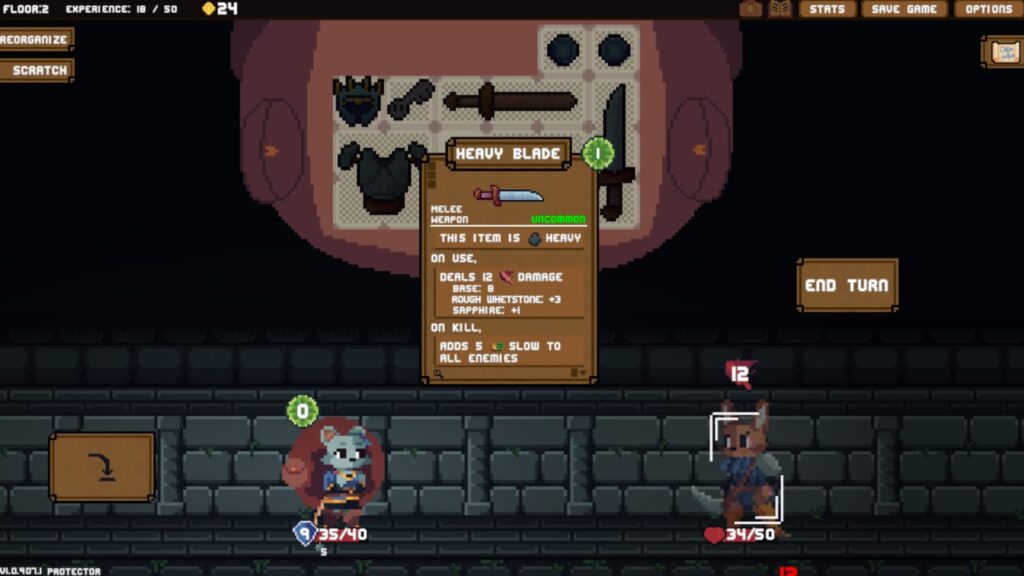
The art and sound in Backpack Hero is incredibly charming and feels right out of the era of the Super Nintendo.
The pixel art is adorable, with characters that feel varied and different. I wanted to know more about the world, even if the story itself is shallow. If you like pixel art, whoever designed the characters and dungeons are a masterclass at it.
During the dungeoneering portions, every detail feels intentional and everything from the loot to the enemies to the different costumes you can wear are just nostalgic.
That said, the Story Mode’s Haversack Hill portions feel barren, almost like they were made by a completely different person that didn’t talk to the other artist at all. I know you’re supposed to build it yourself, but they just could have used more to them initially.
Whoever designed the map itself tried to give plenty of room to put buildings but just made empty fields without any trees or character. It feels more like RPG Maker 2003 than something in the same game as the main dungeon crawling.
As for the music, you can actually purchase the soundtrack separately. If you like classic chiptune music from the early 1990s, the sound design is fantastic. Even though it’s on a loop in Backpack Hero, it doesn’t grate on your ears or anything, as a good game soundtrack should.
Honestly, as for the pixel art and sound? No notes. Great job.
The coziness feels lacking in this cozy game.
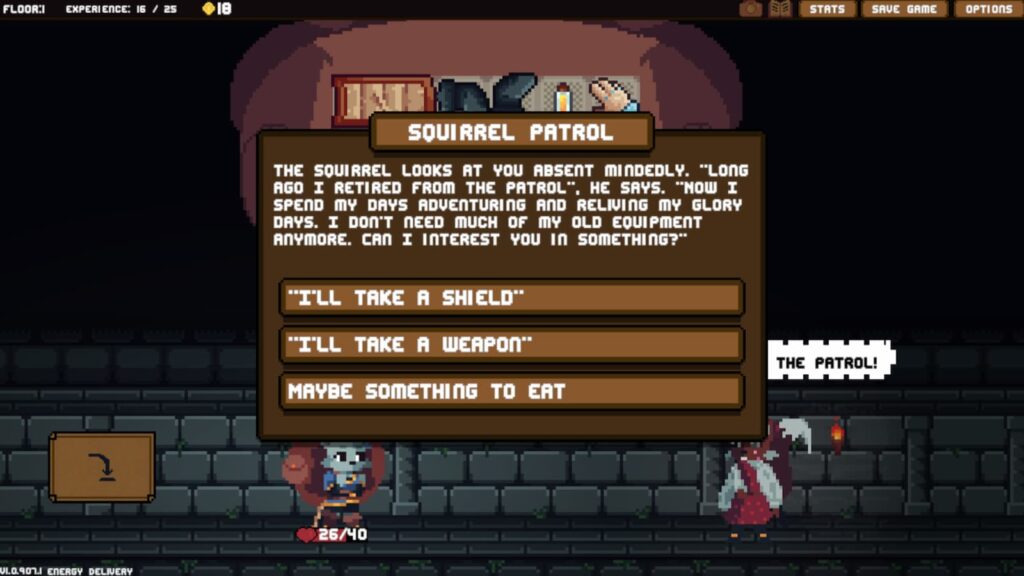
Based on trailers I saw and a readthrough of the press release and the Steam page, I went into Backpack Hero expecting a more relaxing, methodical game. I expected some cozy puzzles with the inventory management or chill vibes all around. This game is not that.
Listen: if you’re into repetitive grinding, this coziness level may be higher for you. But, that type of gameplay, while necessary for the way Backpack Hero is designed, can be agitating after a while. This is doubly true if you haven’t had a successful run in several tries.
The game is designed to resemble a cozy game. It has aspects of Idle Champions and mobile town management games. Luckily, the Easy modes in Quick Play offer options for someone to have a much more relaxing time, but they’re not super obvious and are easy to miss if you don’t know what you’re looking for.
Due to the nature of procedural generation, dungeons can be unforgiving, if not downright frustrating oftentimes. Since your level and items reset after each crawl, you have to be careful with early fights. This alone amps up the challenge level in both Story Mode and most of the Quick Game modes.
A lot of the time, you’re fine if you can get the right flow of guarding and attacking with your resources. But, if you encounter a random enemy early on that does massive damage in a single turn, you might as well start the entire crawl over manually because healing items are few and far between for the entire run.
I’ve gone from 40 HP to 5 in a single turn on the first battle of an early Story Mode run before when I didn’t have enough guard set up for the turn. So, you have to be really careful.
More often than not, you’re going to have to leave behind items to make room for other loot, weapons, shields, or consumables. But, I recommend keeping anything that will heal you at all times. You can do everything right and still need it in every single crawl, even on the easy modes.
Looking at the reviews for the game makes me realize that a lot my problem is that you have to use specific builds for your Backpack Hero runs that are tried and true to get anywhere, which I didn’t know going into this game until several hours of frustration in.
If you’re going for them, you likely won’t get those items easily and will have to do resets until you get a perfect run. Then, rinse and repeat. An average person picking Backpack Hero up for $20 likely won’t know that they need to min/max their entire run down to the detail and will die over and over.
It’s easy to compare the difficult modes to games like FTL or The Binding of Isaac, where one mistake will cost you an entire playthrough. As mentioned, there are build guides out there, it seems, but this game can be pretty unforgiving to casual players in most of the modes.
This also pertains to if you are trying to figure out one of the four other characters without having played dozens of hours in story mode. I didn’t know I had to leave the game to hunt any of this information down as I was playing it and, quite frankly, you shouldn’t have to for the $20 price tag.
Honestly, there are plenty of bugs and text-related issues littered throughout Backpack Hero. But, they really didn’t hurt my final score, as I understand that mistakes happen and this is an indie game. I just wish they polished it a tad bit more, alongside the story, before their surprise launch.
The village management is pretty barebones and nearly every menu in the game hates you, especially in Story Mode. When I saw that there was controller support, I attempted to use mine, but quickly went back to using a keyboard and mouse as it’s much easier to control that way.
Also: Make sure to reset your settings when you reload Backpack Hero as some of them revert back when you quit out of the game. I check every box in the settings menu, which offers things like an on-screen rotate button, etc. You’ll thank me later.
Final Verdict
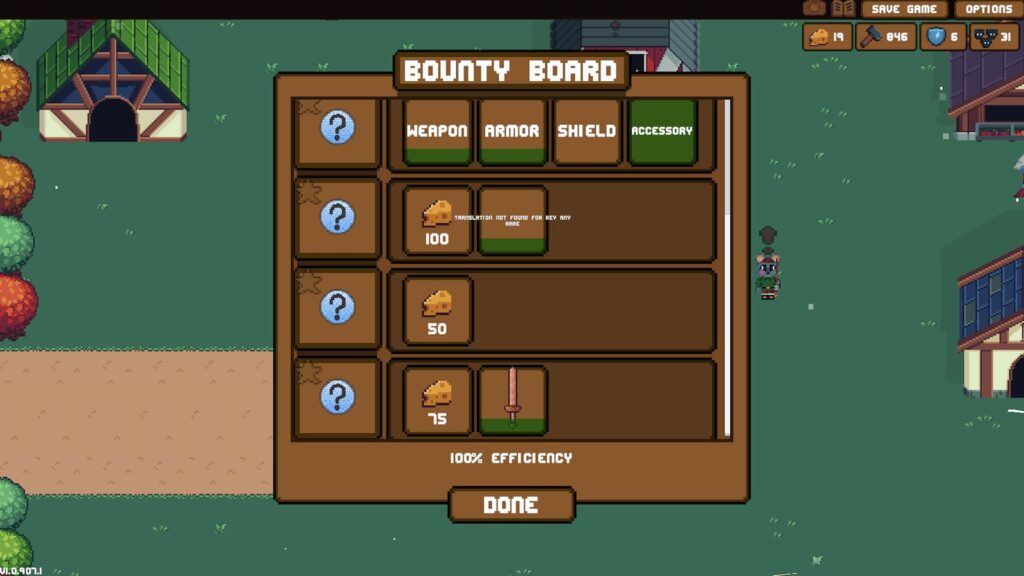
The real serotonin comes from the inventory management itself in Backpack Hero. Looking at your current stock and determining if it’s absolutely necessary when compared to a new item you’ve come across is really a fun aspect of the game.
As mentioned, the art in the dungeons and the music for the entire game are exquisite, so no complaints there.
Unfortunately, the real problem is that the Story Mode feels like it could have used a lot more time and the developers put it at the top of the main menu to let you know that it’s meant to be Backpack Hero’s primary mode.
The village of Haversack Hill is shown as pretty lush in trailers, but you have the grind to build it that way across dozens of hours of gameplay, which, after seeing how many resources everything needs, felt more like a required chore than a reward.
I understand that the developers, Jaspel, wanted to give Backpack Hero more than just the backpack and dungeons. But, I’d recommend avoiding Story Mode altogether.
As mentioned, I was several hours into Backpack Hero’s Story Mode, thinking that was the main way to play. In reality, if you want to relax, Quick Play is the absolute best option, as the story is boring, monotonous, and makes you feel like you’re getting no where fast.
In any mode, due to the nature of the game and everything being randomized, you’re either going to have a cakewalk playthrough of most of a run or die pretty immediately, and you won’t know which one you got until it happens, especially if you’re unfamiliar with how a specific character plays.
If you enjoy grindy, repetitive roguelites like The Binding of Isaac or Cult of the Lamb, you’re going to love Backpack Hero (and maybe even some of its story mode progression). I rated the game as such for the main review score, even though I do not enjoy that level of grind personally.
Backpack Hero dropped on PC via Steam, GOG, Itch.io, and Epic Games Store, as well as on the Nintendo Switch for $19.99 as a sudden, “surprise” release. It’s on sale for only $16.99 for the first week.
While you’re here, if you’re looking for something a tad bit more relaxing and cozy to sink dozens of hours into, I recommend checking out our review of My Time at Sandrock.

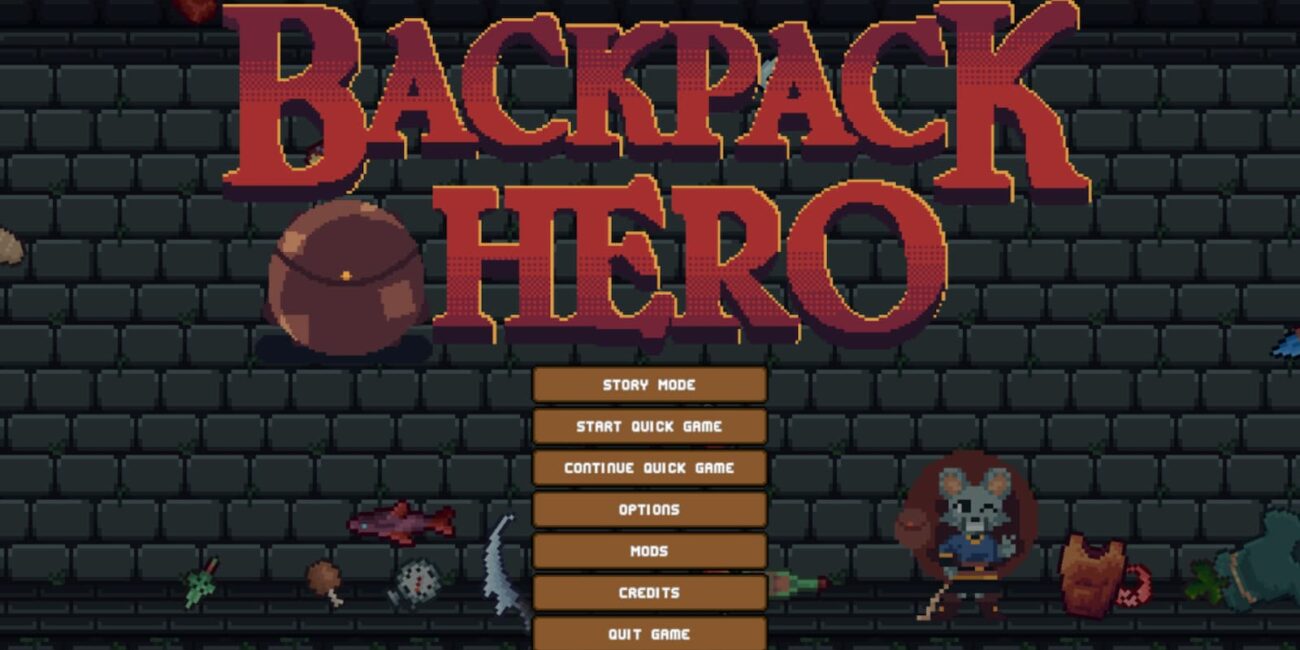


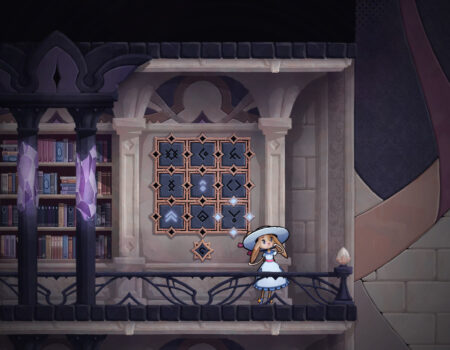
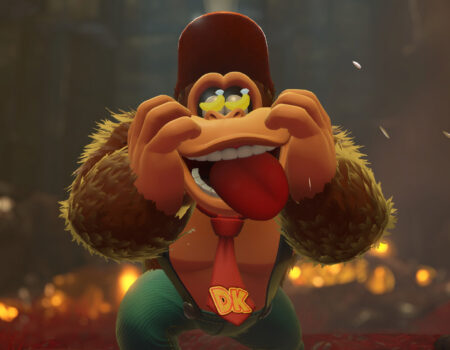
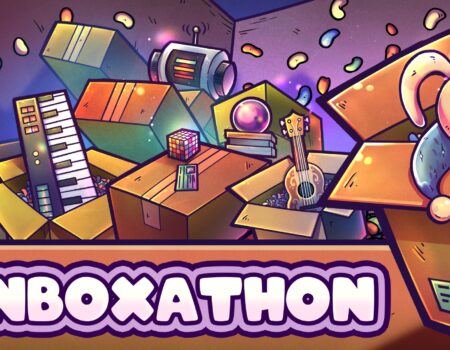
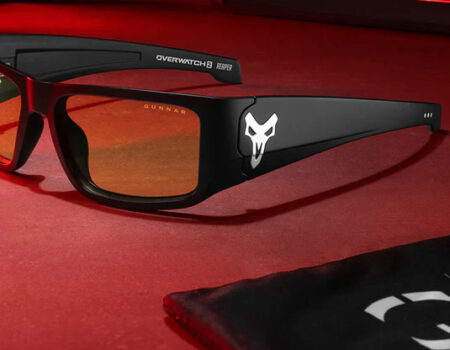
No Comment! Be the first one.